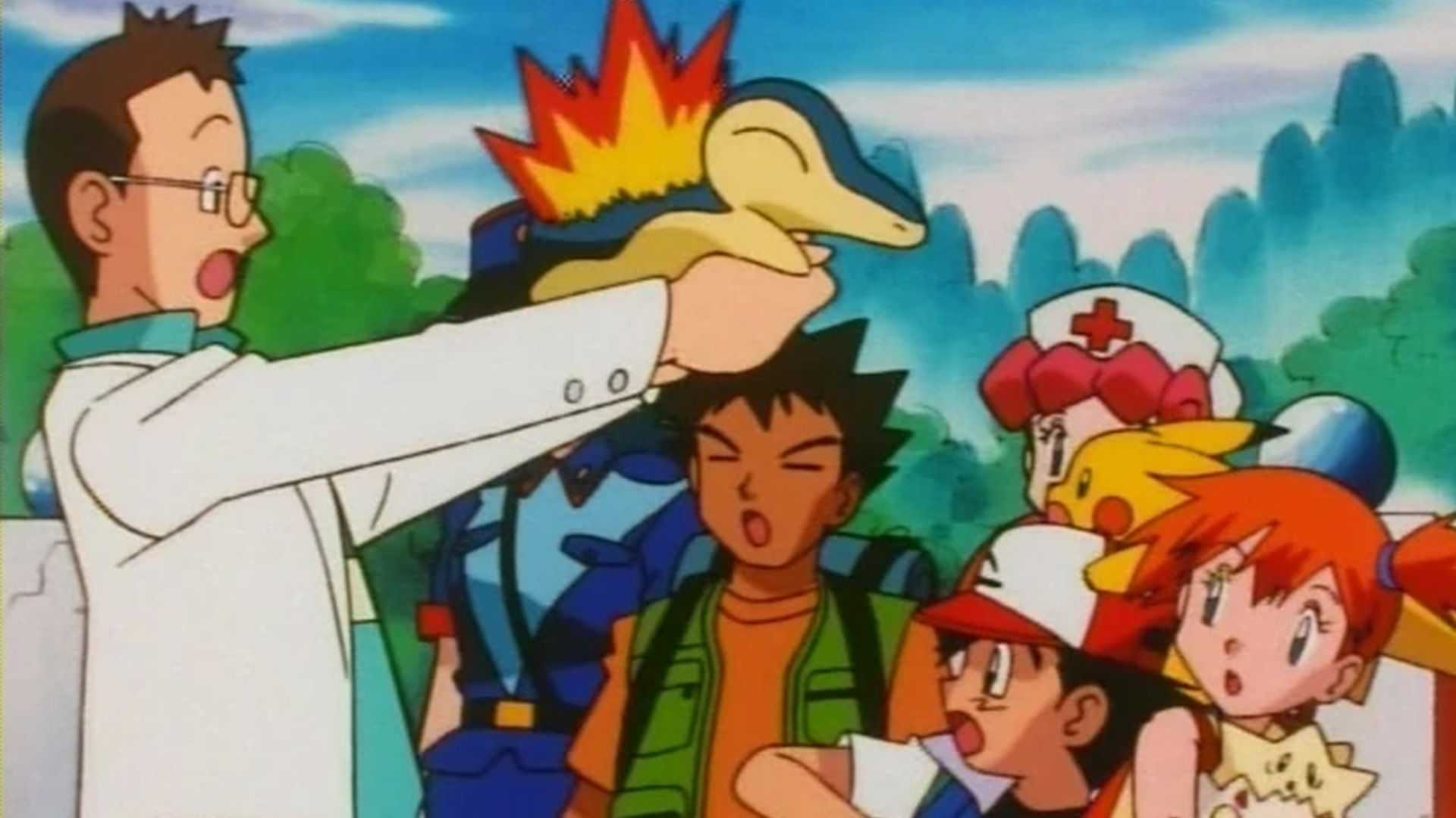A veteran Pokemon developer has revealed how a single line in Pokemon Crystal made his life a lot more difficult – but explained that getting things right was a matter of personal pride.
In a recent tweet, Nob Ogasawara, who worked as a translator on almost every major Pokemon game from Red and Blue all the way to Platinum, said that a line right at the start of Crystal offered a substantial challenge.
Pokemon’s second generation was the first to allow players a choice between whether they wanted to play as a male or female avatar. That choice was illustrated by a pair of questions at the very start of the game: “Are you a boy? Or are you a girl?”
According to Ogasawara, that question was evidence of how Nintendo was taking steps to open up to female players. But his elation at that realization was quickly undone when he realized that “there’s no gender-specific text.” That meant that there was no way to easily code in a gendered pronoun (‘he’ or ‘she’) depending on what option the player had chosen.
That meant that words like ‘he’, ‘she’, ‘him’, or ‘her’ didn’t fit in the game, meaning that Ogasawara “had to do workarounds” every time another character referred to the protagonist. That partially explains why words like ‘squirt’ and ‘pipsqueak’ are used to refer to the player so often throughout some of these games. Ogasawara also explained how in the earliest days of Pokemon, even the word ‘they’ wasn’t an option – it was only once Pikachu turned up as a “tagalong” Pokemon that it fitted.
Ogasawara notes that all of this is “the sort of thing most people don’t even notice,” and that that’s fine with him – “as long as people don’t trip over grammatical boobs and can breeze through the text without annoyance, I’ve done my job.” That said, it was a point of professional pride to get this kind of thing right – “I could’ve easily half-assed things and the paymasters would’ve likely eaten such output happily, but I’d’ve known I could’ve done better – and worse my translation moots would have known it too.”
I like to think that by the time Ogasawara’s final series translation credits, in 2008’s Pokemon Platinum, the background language code was a little more inclusive, but this remains an interesting look at an oft-ignored aspect of game development, especially for games coming West from Japan.
Here’s our list of the best Pokemon games .























+ There are no comments
Add yours